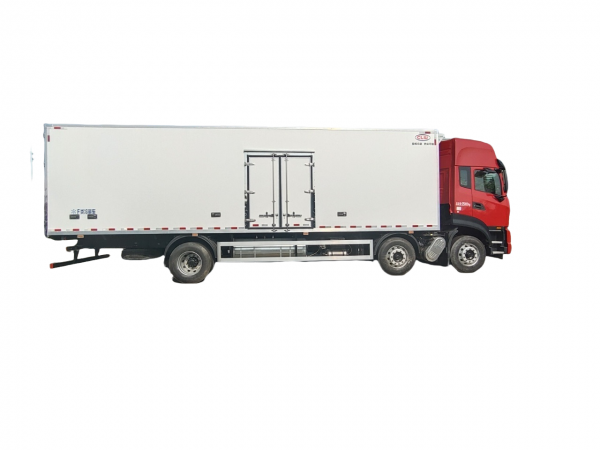Introduction
Tanker trucks play a crucial role in transporting liquids such as water, chemicals, fuel, and food products across various industries. Understanding the capacity of these tanker trucks is essential for ensuring efficient transportation operations. In this article, we will explore the different factors that influence tanker truck capacity and strategies for maximizing efficiency in liquid transportation.
Types of Tanker Trucks
Tanker trucks come in various types and sizes, each designed to transport specific types of liquids. The most common types of tanker trucks include:
1. Fuel Tankers: These tanker trucks are designed to transport gasoline, diesel, and other petroleum products. They are typically cylindrical in shape and have multiple compartments to transport different types of fuel.
2. Chemical Tankers: Chemical tankers are used to transport hazardous chemicals and industrial liquids. They are equipped with specialized coatings and safety features to prevent leaks and contamination.
3. Water Tankers: Water tankers are used for transporting potable water, wastewater, and other non-hazardous liquids. They come in different sizes ranging from small trucks for local deliveries to large tankers for long-distance transportation.
4. Food Grade Tankers: These tankers are specifically designed to transport food products such as milk, fruit juices, and liquid sweeteners. They are made of food-grade materials to ensure the safety and quality of the transported goods.
Factors Influencing Tanker Truck Capacity
Several factors influence the capacity of a tanker truck, including:

1. Tanker Design: The design of the tanker truck, including its shape, size, and compartmentalization, affects its capacity. Cylindrical tanks are commonly used for liquid transportation due to their efficient volume-to-surface area ratio.
2. Material Density: The density of the liquid being transported determines how much volume can be carried in a tanker truck. Heavier liquids such as crude oil require larger tanks to accommodate the same volume compared to lighter liquids like water.
3. Legal Restrictions: Each country and region have specific regulations governing the maximum capacity of tanker trucks to ensure safety on the road. It is crucial for transporters to comply with these regulations to avoid fines and penalties.
4. Loading and Unloading Processes: The efficiency of the loading and unloading processes can impact the effective capacity of a tanker truck. Proper equipment and procedures should be in place to minimize downtime and maximize utilization.
5. Route and Distance: The distance to be traveled and the road conditions along the route can influence the choice of tanker truck capacity. https://www.worktruckmaker.com/boom-truck/ may require larger tanks to minimize the need for frequent refills.
Maximizing Efficiency in Tanker Truck Capacity
To maximize efficiency in tanker truck capacity, transporters can implement the following strategies:
1. Optimal Tanker Selection: Choosing the right type and size of tanker truck for the specific liquid being transported is essential for maximizing efficiency. Consider factors such as material density, volume requirements, and legal restrictions when selecting a tanker.
2. Efficient Loading and Unloading: Streamlining the loading and unloading processes can help minimize idle time and maximize the effective capacity of a tanker truck. Use automated systems and proper equipment to speed up these operations.
3. Route Planning: Plan routes carefully to minimize detours and optimize fuel efficiency. Consider factors such as road conditions, traffic congestion, and rest stops to ensure smooth transportation operations.
4. Maintenance and Inspections: Regular maintenance and inspections of tanker trucks are essential to prevent breakdowns and ensure safe transportation. Check for leaks, corrosion, and mechanical issues that could affect the capacity and efficiency of the tanker.
5. Driver Training: Well-trained drivers are crucial for efficient liquid transportation. Provide training on safe driving practices, cargo handling, and emergency procedures to enhance efficiency and reduce risks.
Conclusion
Tanker truck capacity plays a significant role in the efficient transportation of liquids across various industries. By understanding the factors that influence tanker truck capacity and implementing strategies to maximize efficiency, transporters can streamline operations, reduce costs, and improve safety. With proper planning, maintenance, and training, tanker truck capacity can be optimized to meet the growing demands of liquid transportation in a sustainable manner.
